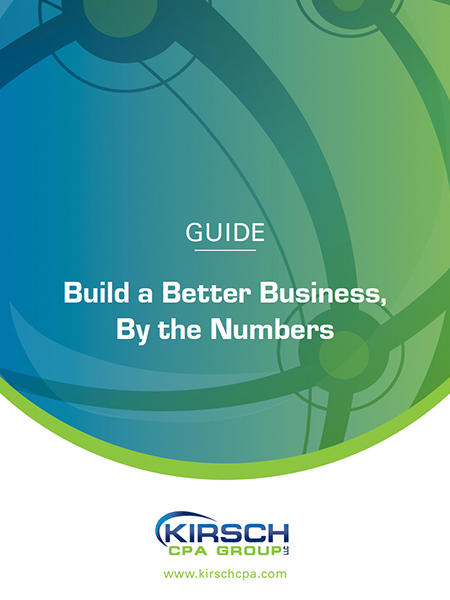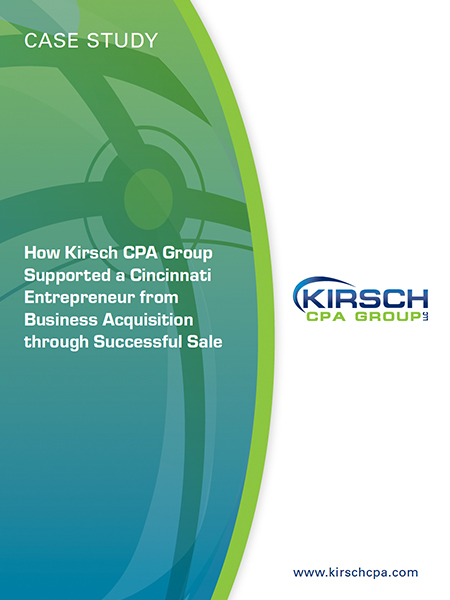PPP Loan Forgiveness – Significant Borrower Friendly Changes on the Horizon
John Kirsch
Jun 04, 2020

Late on June 3, 2020, the US Senate unanimously passed legislation that provides significant relief for PPP loan borrowers. This Senate action mirrors legislation passed earlier in the week by the US House of Representatives on a vote of 417-1. All that remains for this relief to become law is the signature of the President. While this is not guaranteed, the bipartisan legislative support makes that fairly certain.
This relief addresses many of the headwinds that businesses would otherwise face to achieve full forgiveness. The timing is especially critical as borrowers who received their loan funds early in the application process are facing the end of their 8-week forgiveness period.
8-week period extended to 24 weeks.
Borrowers previously had 8 weeks from the time they received their loan proceeds to both spend their loan funds as well as restore their workforce to pre COVID-19 levels. The legislation would expand this period to 24 weeks for both purposes. Borrowers have the option to keep the 8-week period which may be advantageous under certain circumstances.
75% Test Becomes a 60% Cliff.
Prior rules required that at least 75% of loan proceeds be spent on payroll-related costs to achieve full forgiveness. To the extent this 75% threshold was not met, PPP loan forgiveness was reduced proportionally. Under the revised provisions, the 75% requirement is reduced to 60%. In a very critical change, if at least 60% of the loan proceeds are not spent on payroll-related costs, NONE of the loan will be forgiven.
Rehire Requirement Relaxed.
Previous rules provided for a reduction in loan forgiveness to the extent workforce levels were not restored to pre-COVID levels during the 8-week period – subject to a safe harbor rehire date of June 30, 2020. The new provisions would allow for workforce restoration during the new 24-week period, as well as extending the rehire amnesty period to December 31, 2020.
New Rehire Exception.
The legislation provides an exemption to the workforce restoration rules for borrowers that previously reduced their workforce. There are two potential ways to qualify for this exception:
Could Not Find Qualified Employees to Rehire. To qualify, borrowers must establish an inability to rehire individuals who were employees on February 15, 2020, and an inability to hire similarly qualified employees for unfilled positions by December 31, 2020.
Could Not Restore Business to Comparable Level. Borrower must establish an inability to return to the same level business as was in place on February 15, 2020, due to compliance requirements from HHS, CDC or OSHA.
Repayment Terms Extended.
The proposed legislation extends the repayment period for 2 years to 5 years. Payments are deferred until the SBA makes a forgiveness determination. The interest rate on the loans remains at 1% throughout the 5-year repayment period.
Deferral of Payroll Taxes Extended to PPP Borrowers.
The CARES Act provided employers an opportunity to defer payment of the employer share of payroll taxes for up to 2 years. This provision was available only to those who did not receive a PPP loan. The new provisions would extend this provision to all employers without regard to PPP loans.
If you need assistance talking through the “what’s next for my business” or applying for PPP Loan Forgiveness, reach out to our team. We will contact you to discuss your needs.
More Resources

About The Author
As a highly energetic business leader and entrepreneur, John has a passion for helping businesses and nonprofits reach…
Sign Up for Email Updates
Tags
Accounting & Financial News

Business Valuations Must Look to the Future, Not the Past
Historical financial performance is just one piece of the business valuation puzzle. While it provides a starting…




